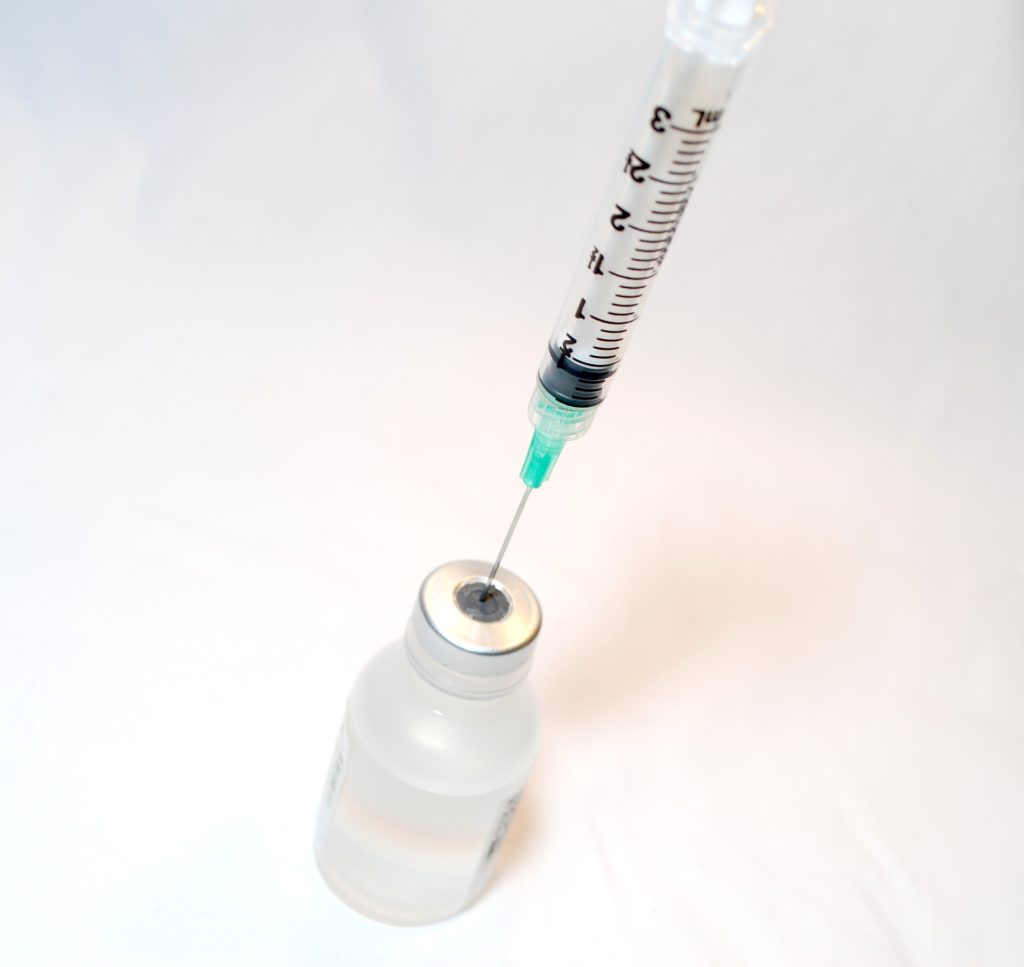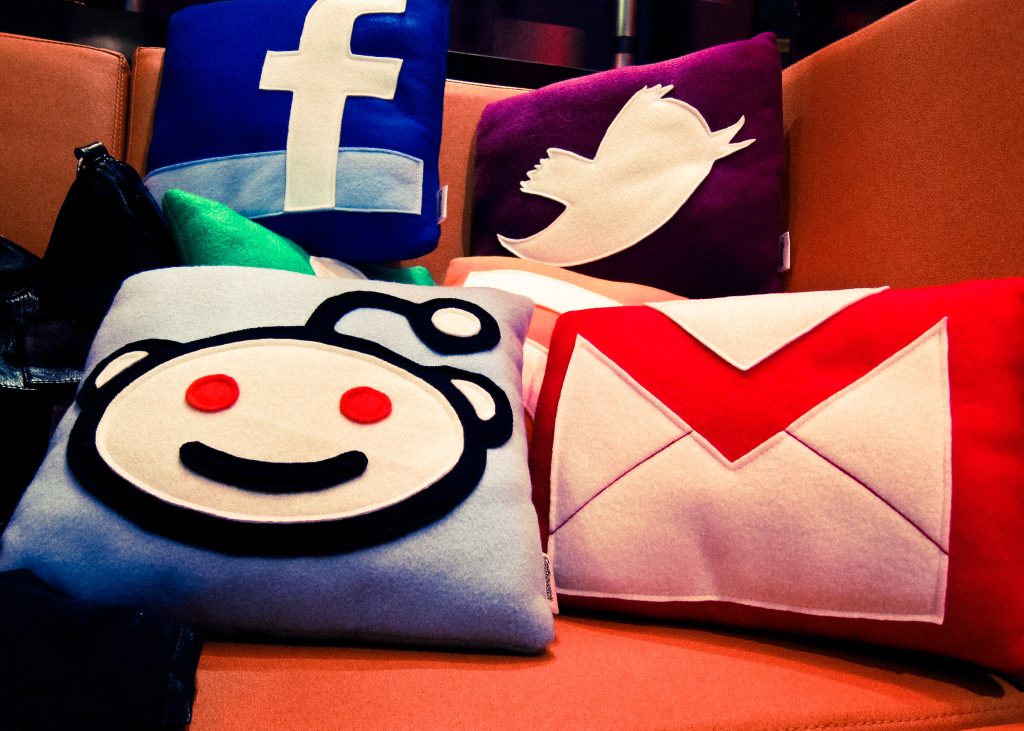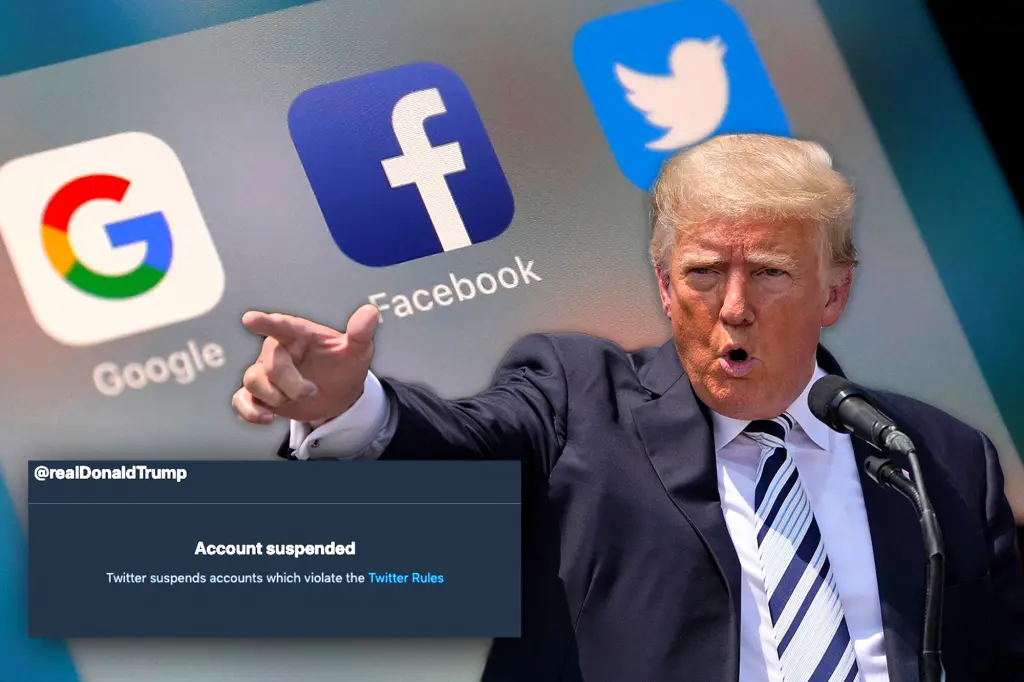In the era of Covid-19 pandemic, people are surrounded by misinformation online. As of October 4th, 2023, 771,151,224 approved cases of COVID-19 reported to the World Health Organization, of which 6,960,783 have died (WHO, 2023). Misinformation regarding COVID-19 has been viewed by 4 out of 5 Australian adults, with 22 percent viewing “a lot” of it. Larger social media platforms like Facebook, YouTube, and Instagram are where most COVID-19 misinformation can be found (ACMA, 2022). It is worth noting that this spreading of false information hides healthy behaviors and encourages harmful habits that make people’s mental and physical health worse due to acceleration the development of the virus (Tasnim et al., 2020). This serious situation requires attention and emphasizes the pressing necessity to regulate misinformation by policies of government and platforms.
Effect on public health
Misinformation is widely available thanks to the internet with easy access to media content. It reinforced views that led to resistance to face masks, vaccinations, and the use of medications with insufficient scientific backing, which increased morbidity (Caceres et al., 2022).
In a joint survey of the United Kingdom and WHO, according to the researchers, Covid-19 misinformation may lead to the death of at least 800 individuals in the first three months of 2020 (WHO, 2021). For example, there was a rumor that drinking or injecting bleach can protect people from Codiv-19 (Maragakis & Kelen, 2021). In fact, highly toxic chemicals like bleach, rubbing alcohols, or disinfectants may cause mouth, throat, and gastrointestinal tract irritation, or even worse, intake of concentrated bleach products may cause gastrointestinal damage or death (Johnson-Arbor, n.d.).
In the US, 15 persons have eaten disinfectant by June 2020 in the hopeless effort to avert the sickness and 4 of them died from methanol poisoning, and three more suffered from vision impairment (Yip et al., 2020, as cited in Caceres et al., 2022).
The misinformation effect, a phenomenon was recalling prior experiences, or comparable but correct information received in the past is negatively influenced by disinformation, has also had an effect on mental health (Greenspan et al., 2020, as cited in Caceres et al., 2022). An increase in tension, worry was brought on by the spread of false information, the employment of “bubble filters,” and the amplification of facts (Anderson et al., 2020, as cited in Caceres et al., 2022). During the early stages of the epidemic, false information about impending lockdowns spread online caused panic buying, which resulted in a lack of desperately needed goods (Islam et al., 2020, as cited in Caceres et al., 2022).
Misinformation regarding Covid-19 vaccine

There is lots of misinformation about Covid-19 vaccine’s side effects (DHAC, 2023). Such as,
- Covid-19 vaccines would lead to infertility.
- Covid-19 vaccines could cause autoimmune diseases.
- Covid-19 vaccines could adjust DNA.
- Covid-19 vaccines would cause myocarditis.
Also, Covid-19 vaccines have also been related to political conspiracy. Some people spread the rumor that Covid-19 vaccines include microchips with tracking functions and are able to connect to the internet (DHAC, 2023).
There has been an increase in resistance to the Covid-19 vaccination among medical professionals who are not directly participating in the work of looking after Covid-19 patients (Dror et al., 2020, as cited in Caceres et al., 2022). According to a comprehensive evaluation, vaccination acceptance is declining from over 70 percent in March 2020 to 50 percent in October 2020 (Lin et al., 2020, as cited in Caceres et al., 2022). Another notable pattern was that even those who were open to vaccination opted to wait to have the shot themselves in order to monitor how others responded to it (Caceres et al., 2022).
As the results, patients’ reluctance to seek treatment at medical institutions is contributing to a rise in occurrences of advanced lung cancer. Furthermore, because of these declining trends, the number of COVID-19 cases has increased in countries with poor immunization rates (Caceres et al., 2022).
Platform moderation
Social media platforms are used by 53.6 percent of the worldwide population, making them one of the main pathways for the quick diffusion of information and having a considerable influence on misinformation (Aslam, 2021, as cited in Caceres et al., 2022). Approximately 2.89 billion people use Facebook Monthly, with over 2 billion people using YouTube (Aslam, 2021, as cited in Caceres et al., 2022). TikTok has over 1 billion users whereas Twitter has approximately 186 million users making out the top two (Iqbal, 2021; Ying, 2021, as cited in Caceres et al., 2022).

If consumers acquire their news and journalism through digital media, they could be exposed to less trustworthy sources. This is a result of the division between journalism and news, which frequently prevents consumers from being knowledgeable with and aware of the story’s original source (ACCC, 2019).
Over 92 professional fact-checking organizations examined material derived from inaccurate or partially false posts as part of a program to discover Covid-19 misinformation on Twitter (Shahi et al., 2021, as cited in Caceres et al., 2022). 1274 of the total number of 1500 posts included in the study included misguided or partially false information. According to Shahi et al. (2021, as cited in Caceres et al., 2022), data also demonstrates that those Twitter accounts being verified from brands or famous people had a vital effect on the promotion of misleading information on Twitter, and those fraudulent declarations diffused even quicker than claims that were just partially true.
In order to guarantee the fair and respectful dissemination of online material, moderation is an essential activity. In accordance with appropriate communications and publication regulations, it entails the screening, examination, classification, approval, or cancellation of information. The speed at which content is uploaded makes it difficult for platforms like YouTube to address this problem at mass (Flew et al., 2019). Instead, they examine harmful content using deep learning algorithms and a method for submitting complaints. An original solution to this problem is the community guidelines enforcement system, that alerts problematic films for review (Crawford and Gillespie 2014, as cited in Flew et al., 2019). A human moderator is able to evaluate the material after a computer evaluation or after receiving user complaints (Flew et al., 2019).
The important problem of misinformation is the absence of relevant educational resources, leading to a level of distrust and scepticism among the general population. Health officials often promote messages based on their own agenda, resulting in a lack of quality information (Caceres et al., 2022).
Nyilasy (2020) suggested that there are three things that need to be accomplished to tackle misinformation relevant to Covid-19. Reducing the amount of misinformation is the strategy to begin. Governments have significance in this circumstance because they supply and publish thorough, understandable official information that replaces misinformation. The next approach includes collaborating with social media platforms to keep consumers from approaching misinformation (Nyilasy, 2020). For instance, Facebook stated that they have deleted 24 million messages of Covid-19 misinformation and tagged over 195 million pieces of Covid-19 material that have been evaluated by their fact-checking partners, reaching over 2 billion individuals with authoritative health information (Gallagher, 2021).
48 percent of people believe that cancellation of content was the most effective measure. However, only 7 percent of people have experienced it. About 34 percent of viewers had low awareness for measures of less interventionism (ACMA, 2022).
The Australian ACCC recommends the establishment of an independent regulator, such as the ACMA, to oversee voluntary activities on digital platforms, ensuring the reliability of news information and protecting the interests of Australian news consumers. The ACCC also suggests increasing digital media literacy to ensure all Australians can detect and examine low-quality or false news, thereby enhancing the community’s understanding of media (ACCC, 2019).
Bibliography
Australian Communications and Media Authority (2022). (rep.). ACMA misinformation report. Retrieved from https://www.google.com/url?q=https://www.acma.gov.au/sites/default/files/2022-03/ACMA%2520misinformation%2520report_Fact%2520sheet%25201%2520-%2520key%2520research%2520findings.pdf&sa=D&source=docs&ust=1696580625934692&usg=AOvVaw0lN9GELCxSmdE5EI6JtyCt.
ABC news (Australia). (2021). Misinformation about COVID vaccines is putting Australia’s diverse communities at risk | ABC News. Retrieved from https://youtu.be/gynElSiK44s?si=iFUZQEehk7HmEMgp.
Australian Competition & Consumer Commission . (2019). (rep.). Digital platforms inquiry – executive summary. Retrieved from https://www.accc.gov.au/about-us/publications/digital-platforms-inquiry-executive-summary.
Australian Government Department of Health and Aged Care. (2023, May 8). Is it true? get the facts on covid-19 vaccines. https://www.health.gov.au/our-work/covid-19-vaccines/is-it-true
Ferreira Caceres, M. M., Sosa, J. P., Lawrence, J. A., Sestacovschi, C., Tidd-Johnson, A., Rasool, M. H., Gadamidi, V. K., Ozair, S., Pandav, K., Cuevas-Lou, C., Parrish, M., Rodriguez, I., & Fernandez, J. P. (2022). The impact of misinformation on the COVID-19 pandemic. AIMS Public Health, 9(2), 262–277. https://doi.org/10.3934/publichealth.2022018
Flew, T., Martin, F., & Suzor, N. (2019). Internet regulation AS media policy: Rethinking the question of Digital Communication Platform Governance. Internet Regulation as Media Policy: Rethinking the Question of Digital Communication Platform Governance, 10(1), 33–50. https://doi.org/10.1386/jdmp.10.1.33_1
Kelly, J.-A. (n.d.). What happens when you drink bleach?. Poison Control. https://www.poison.org/articles/what-is-bleach
Lisa, M., & Gabor, K. D. (2022, February 14). Covid-19 – myth versus fact. Johns Hopkins Medicine. https://www.hopkinsmedicine.org/health/conditions-and-diseases/coronavirus/2019-novel-coronavirus-myth-versus-fact
Niaid. (2014). Syringe and Vaccine. flickr. photograph. Retrieved from https://flic.kr/p/nQg4F7.
Nyilasy, G. (2023, October 4). Fake news in the age of covid-19. Pursuit. https://pursuit.unimelb.edu.au/articles/fake-news-in-the-age-of-covid-19
Palmero, N. (2011). Facebook, Twitter, Reddit, Gmail Social Media Pillows. flickr. photograph, Nan Palmero. Retrieved from https://flic.kr/p/98AHcS.
Tasnim, S., Hossain, M. M., & Mazumder, H. (2020). Impact of rumors and misinformation on covid-19 in social media. Journal of Preventive Medicine and Public Health, 53(3), 171–174. https://doi.org/10.3961/jpmph.20.094
World Health Organization. (2021, April 27). Fighting misinformation in the time of covid-19, one click at a time. World Health Organization. https://www.who.int/news-room/feature-stories/detail/fighting-misinformation-in-the-time-of-covid-19-one-click-at-a-time World Health Organization. (n.d.). Who coronavirus (COVID-19) dashboard. World Health Organization. https://covid19.who.int/
Misinformation during Covid-19 pandemic by Sitao Li is licensed under Attribution 4.0 International


